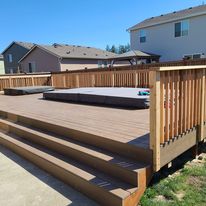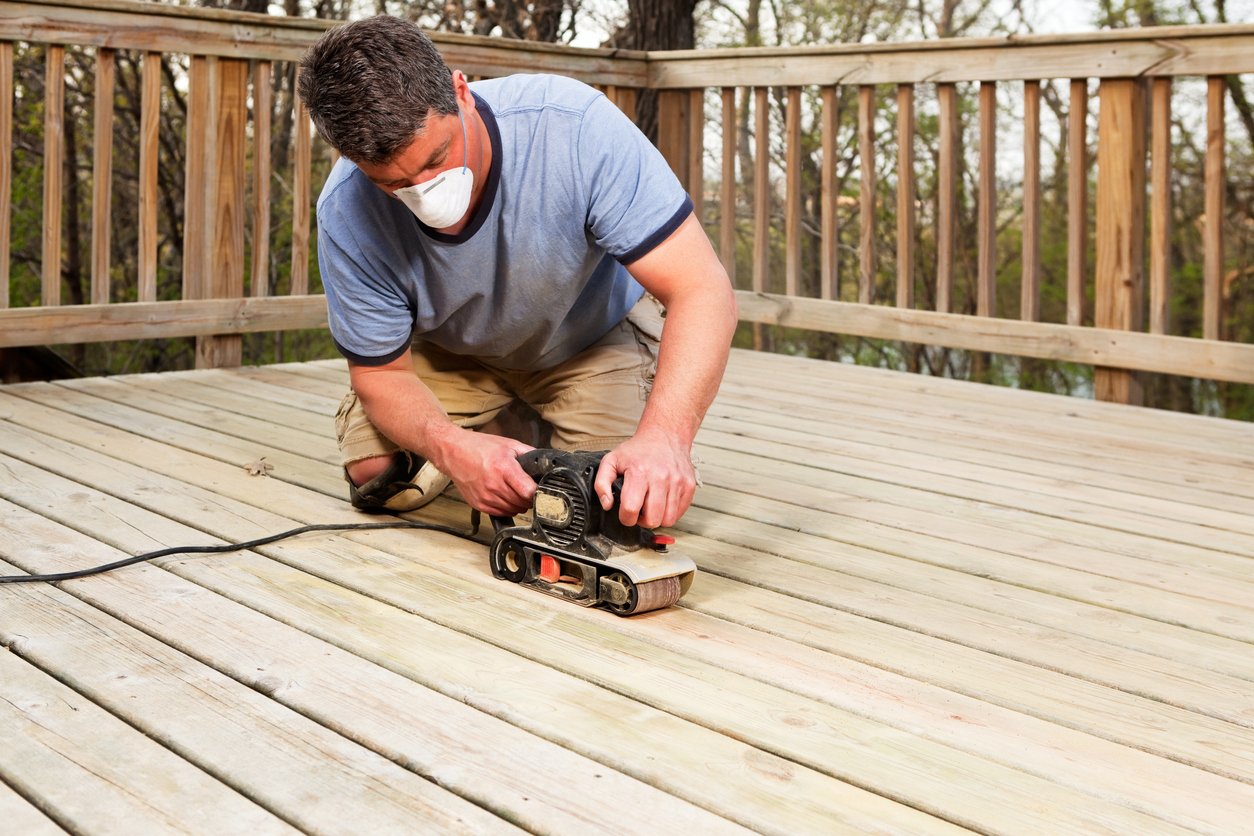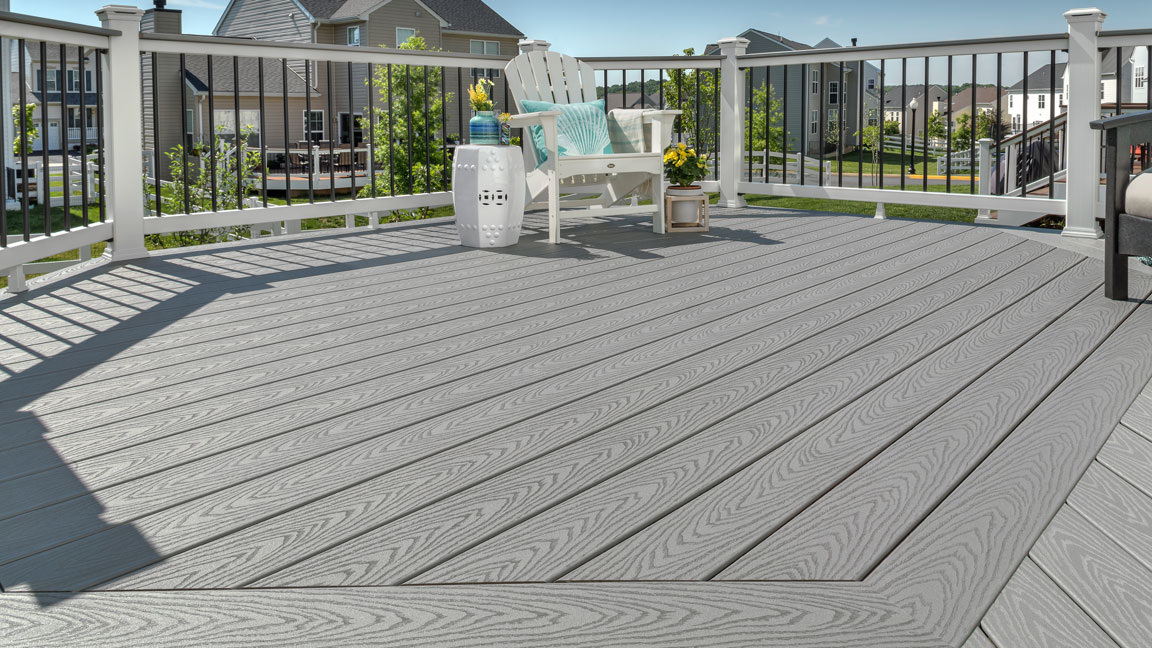When it comes to creating the perfect outdoor living space, the choice between wood decking and composite decking is a crucial one. With the advancement in materials technology, homeowners now have more options than ever to create that ideal deck for sunny afternoons and evening gatherings. Both wood and composite materials come with their own set of advantages and considerations, making the decision an important part of your deck planning process. Whether you're looking for the timeless appeal of wood or the durability of composite materials, understanding the specifics can help ensure your deck suits your lifestyle and budget.
Choosing the right decking material involves weighing various factors including
aesthetics,
maintenance, cost, and durability. Wood decking, with its natural beauty, offers a classic look that many homeowners desire. It requires regular maintenance such as staining or sealing to protect it from weather elements. On the other hand, composite decking offers a low-maintenance alternative with a range of color and texture options that mimic the look of real wood. While the initial cost of composite decking might be higher, its durability and minimal upkeep can make it a cost-effective choice in the long run. Ultimately, the decision comes down to personal preference and how you envision your outdoor space.

When discussing composite decking, it's essential to delve into the specific types available on the market: Wood Plastic Composite (WPC), Cellular PVC, and Mineral-Based Composite (MBC). WPC is known for its blend of wood fibers and synthetic plastics, offering an eco-friendly option due to its use of waste materials and recyclability. Cellular PVC decking represents another segment of the market, celebrated for its moisture and insect resistance, enhanced by a manufacturing process that allows it to be painted and mimic the feel of wood. MBC, the most robust option, combines plastics and minerals for unmatched stability and resistance to the elements, although its environmental footprint may be larger due to its completely inorganic nature.
Wood decking, in its essence, is the traditional choice for many homeowners. The natural charm of wood types like cedar, redwood, or exotic hardwoods adds a unique character to outdoor spaces. While the initial cost and aesthetic appeal of wood decking are significant factors, potential buyers should consider the maintenance involved, including regular treatments to prevent rot, mold, and insect damage. The decision between composite and wood decking also hinges on the
desired lifespan and ongoing care; wood may require more effort to maintain its appearance and structural integrity over the years.

- Building a deck: A close-up on composite materials in action. Source: Bob Beacham - bobvila.com
From an
economic standpoint, the debate between wood and composite decking material involves considering both upfront costs and long-term financial commitments. While wood decking might initially seem
more budget-friendly, its maintenance costs can add up, affecting the overall investment. Composite decking, although possibly more costly at the outset, tends to require less maintenance over time, potentially offering savings on upkeep and replacement. Factoring in the longevity and maintenance expenses can provide a clearer picture of the total
cost associated with each option, guiding homeowners toward a financially sound decision for their decking projects.
Maintenance and longevity are intertwined concerns for deck owners. Wood decks demand frequent care, including staining and sealing, to combat weathering, fading, and insect damage. Conversely, composite decks boast a higher resistance to these issues, necessitating less upkeep, which translates into more leisure time spent enjoying your outdoor space rather than maintaining it. With advancements like the weather-resistant shell of certain composite boards, the gap in durability and maintenance between wood and composite decking continues to widen in favor of the latter, making it an appealing choice for those looking for hassle-free ownership.

- Sanding wood deck planks: a glimpse into the maintenance demands of traditional wood decking. Source: Bob Beacham - bobvila.com
Environmental considerations play an essential role in the decking material decision-making process. Composite decking, particularly products made from recycled materials, is touted for its sustainability and reduced environmental impact. The production of composite decking incorporates recycled wood and plastic, reducing waste and conserving resources. In contrast, the demand for wood decking can contribute to deforestation, although
sustainably sourced wood options exist. Evaluating the environmental implications of each material, from production through disposal, helps informed homeowners align their deck projects with their ecological values.
The impact of decking materials on the planet extends beyond their production. The durability and disposal of composite versus wood decking are significant factors. Composite decks are known for their longevity and, in many cases, can be recycled at the end of their life cycle, reducing landfill waste. Wood decks, while offering the benefit of natural decomposition, often require treatments with chemicals that can be harmful to the environment. As the industry evolves, the development of more sustainable practices and materials is crucial for reducing the ecological footprint of decking projects.

- Trex Select Decking: Envisioning a durable and minimal upkeep deck space. Source: decksdirect.com
In conclusion, the choice between wood and composite decking hinges on a variety of factors, including personal preferences, budget considerations, maintenance willingness, and environmental impact. Whether you're drawn to the natural beauty and tradition of wood or the durability and low maintenance of composite materials, understanding the nuances of each option can lead to a more informed and satisfying decision. By considering all aspects of decking materials, homeowners can create functional, beautiful, and sustainable outdoor living spaces that will be enjoyed for years to come.





